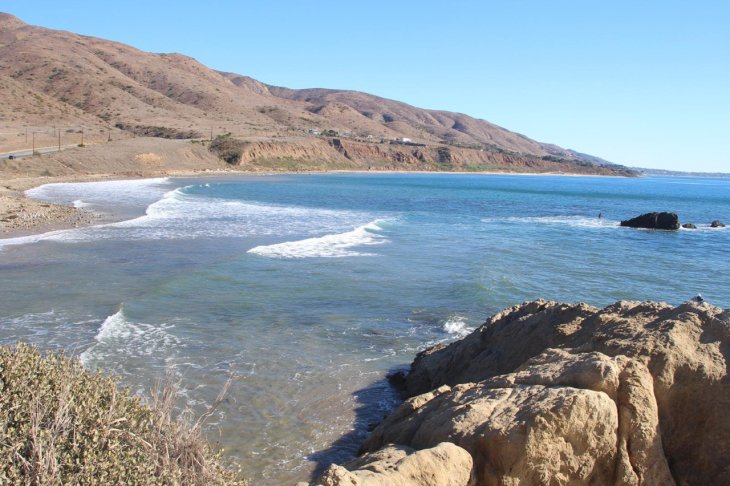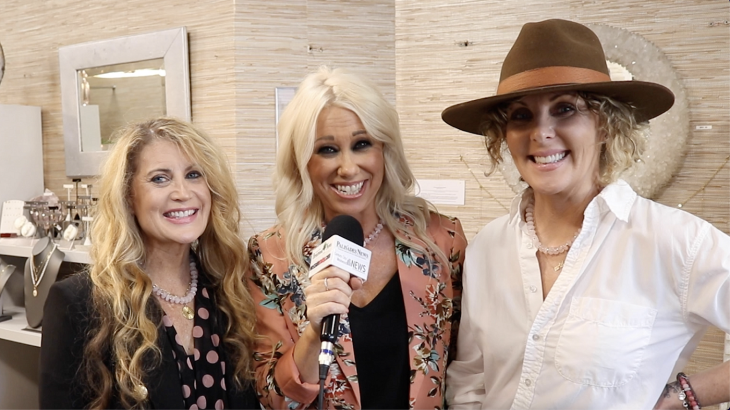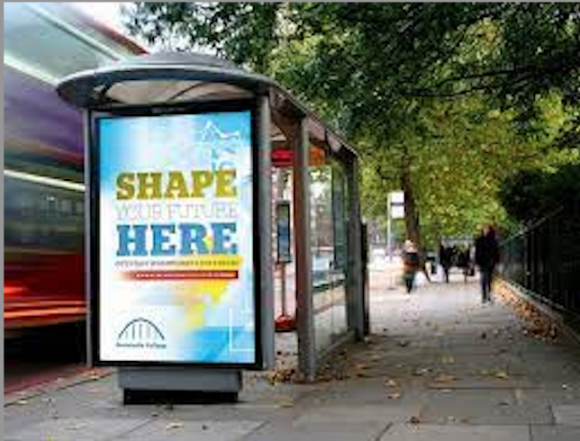If you are a homeowner and you want a home that is eco-friendly, chances are that it is both more economical and more environmentally sound to remodel your existing house than build a new one, even if the renovation is extensive. When you renovate an existing structure, you do not do any additional harm to wildlife habitats. You may need to look into zoning laws to find out what is allowed on your property, but the tips below are all points to consider in this process.
Budget
Have your budget in mind so that you’ll know what you can afford to do. You don’t want to be living in the middle of a renovation project for years, but if you don’t have much money to spend, this is something that you can do in stages. Figure out what you need at minimum and have that done, then wait until you have more money in your pocket and take the next step. One way to pay for at least part of your renovation is with a personal loan, which can be easy to research and apply for online.
Using Sustainable Materials
Once you have determined the ways budgeting can make your life better in terms of this transition, you can move on to the next phase of the process. Another good reason to renovate rather than build new is the availability of existing building material that can be reused. For whatever cannot be reused from your home, you can seek salvaged wood, recycled insulation, and sustainably certified building material. Look for material that is low in such toxins as volatile organic compounds, known as VOCs.
Size and Passive Design
While most people renovate in order to make their places bigger, in this case, you may want to go in the other direction. The smaller your home, the less of a footprint it will leave. Think carefully about how much space you really need. A passive home design can make it more energy efficient. Examples would be orienting the house so that it gets natural light and heat from the sun, creating a ventilation system that provides heat recovery, and having windows that are well-insulated and resist heat transfer. Insulation and getting rid of drafts are also important elements.
Water Conservation
There are many different ways to conserve water, ranging from the use of greywater–which must be used carefully–to installing low-flow toilets and low-volume faucets in the kitchen and bathroom. Many people are surprised to learn that dishwashers can be much more ecofriendly than washing by hand in terms of the water used although you should only run them when full.
Explore Energy Options
There are a number of different ways to power your home, and you should take a look at the various pros and cons associated with them and find out which ones are suitable in your situation. Solar panels can be a great option for some people, but if you also want a green roof–an actual green space on top of your house–they won’t be the right choice. In that case, you may want to look at an air source or geothermal heat pump, which is far more efficient than a gas furnace.
























